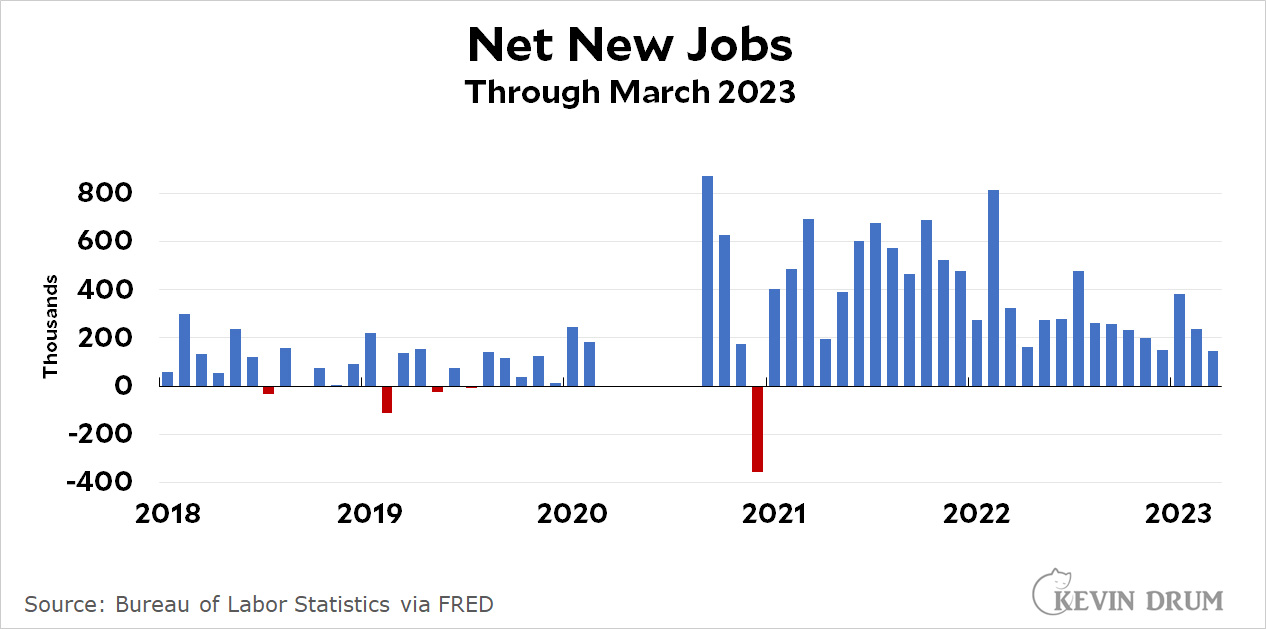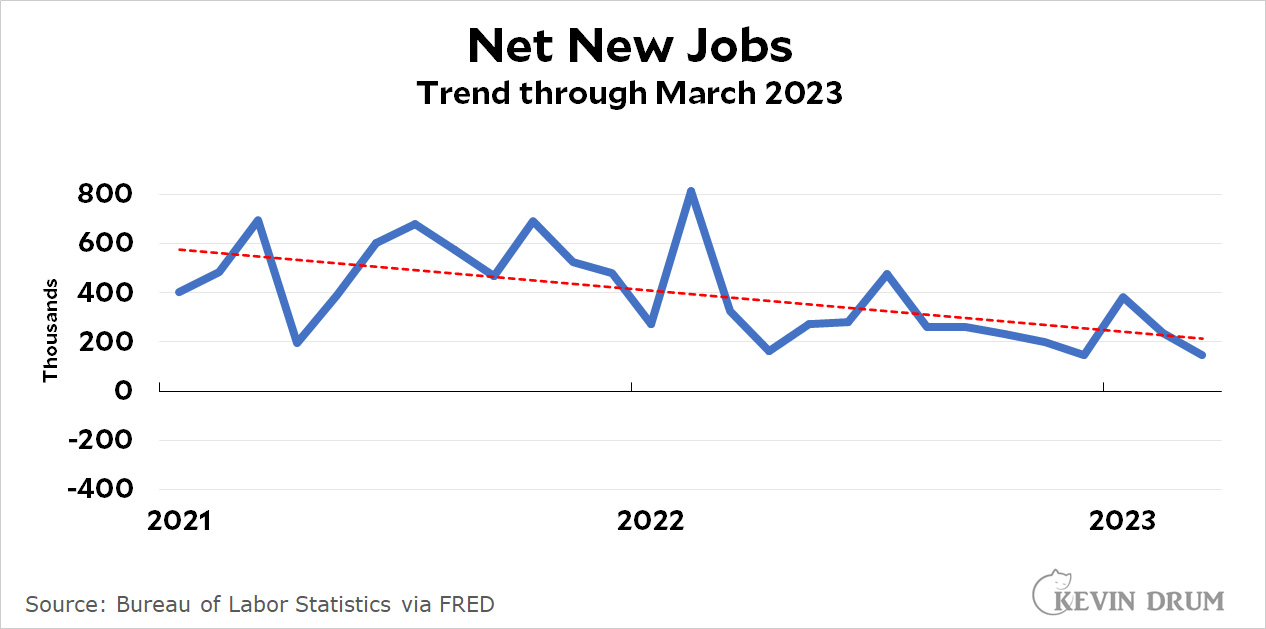Today I read this story in the Guardian:
In 2018, almost 30 cities across New York state received federal money to carry out a specific, urgent task: removing lead service lines that poison drinking water. The city of Troy — which sits across the Hudson River and just north of Albany — was among them, receiving $500,000. But five years later, city leaders have failed to spend a single dollar of that money, and have yet to remove a single lead pipe.
This got me curious about how bad the lead situation was in Troy. I'll have more to say about this in a minute, but first let's review the data. Here is the prevalence of childhood lead poisoning in Troy:
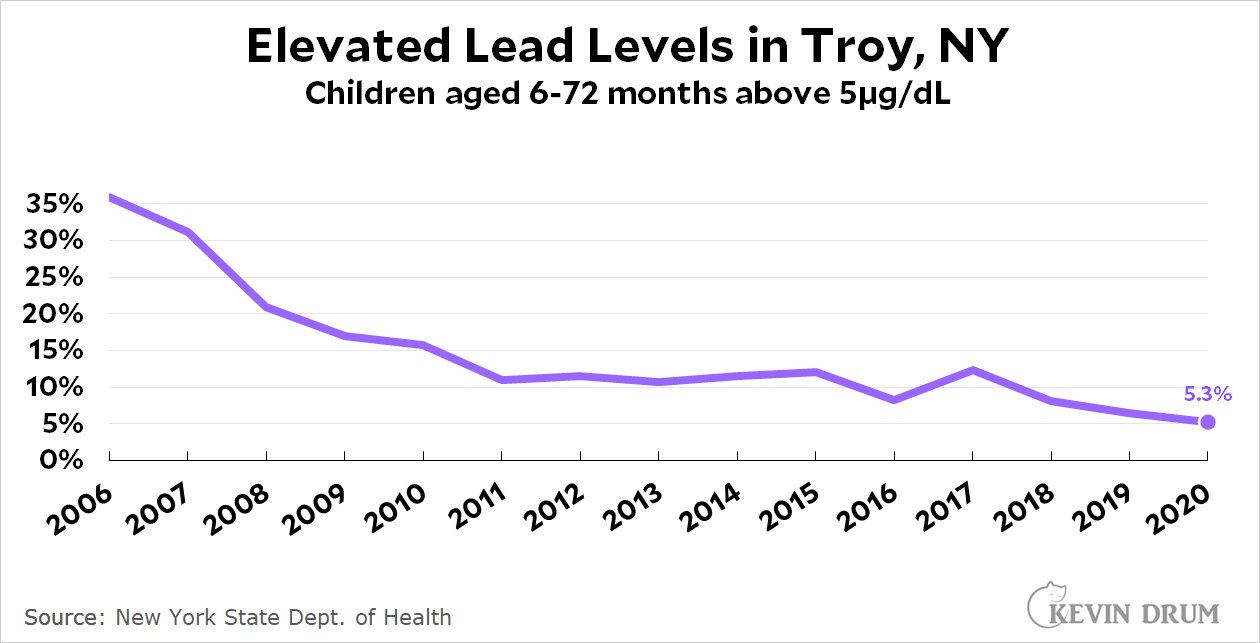 This is for two of Troy's three ZIP codes (the third one has never been tested for some reason). The numbers are straight out of a spreadsheet from the New York Department of Health.
This is for two of Troy's three ZIP codes (the third one has never been tested for some reason). The numbers are straight out of a spreadsheet from the New York Department of Health.
And although it's good to see the numbers going down steadily, they are still astronomical.¹ The average for the entire country in 2020 was less than 1%. Is water the cause of this?
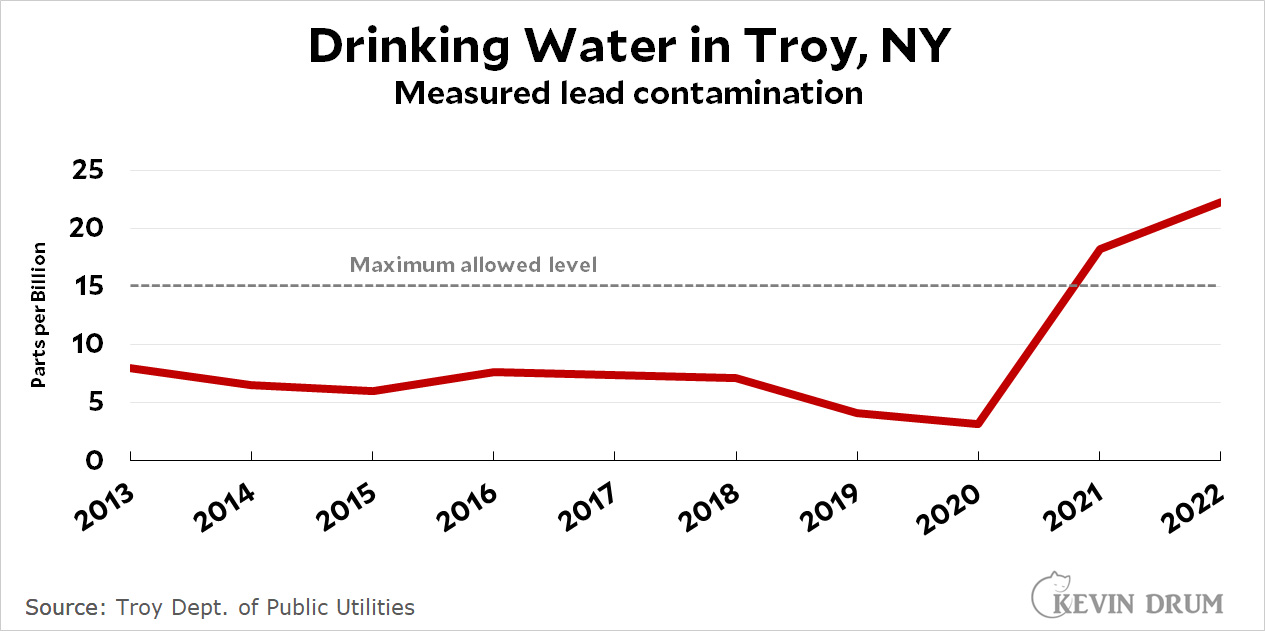 Up through 2020, Troy's drinking water was fine, and its lead contamination had gone neither up nor down. That doesn't make it a likely culprit for either the generally high levels of lead poisoning or the steady decline in lead poisoning.
Up through 2020, Troy's drinking water was fine, and its lead contamination had gone neither up nor down. That doesn't make it a likely culprit for either the generally high levels of lead poisoning or the steady decline in lead poisoning.
Then, in 2021, Troy's water suddenly went nuts. Lead contamination rose more than 500% and then went up some more in 2022. What on earth could have caused that?
And did it affect the level of lead poisoning among Troy's children? We don't know because we don't yet have testing figures for 2021 and 2022.
And that finally gets me to the point I want to make about all this. Troy should unquestionably examine why the lead level in its water suddenly spiked in 2021. That's weird as hell.
That said, the data doesn't seem to suggest that water is really the problem. It just doesn't fit the lead poisoning data. More likely, I think, is that Troy's lead poisoning comes primarily from exhaust pipe lead suspended in the soil. Little kids play outside, pick up lead on their fingers, and then lick it off.
Water is always the first culprit whenever an area has high lead levels and wants to know why. But it's not the only possibility, or even the most likely one. It will take further testing to figure out what's going on in Troy, but just in general I wish we used a lot more lead remediation funding to fix soil instead of lead pipes.²
¹It's worth noting that although Troy has a lot of toddlers with test levels above 5 μg/dL, they haven't reported a single test level above 10 μg/dL since 2018. There are too many kids with lead levels that are too high, but they aren't apocalyptically high.
²Another reason to focus more on lead in soil is that there's nothing parents can do to protect their children from it. Lead in drinking water, by contrast, can be fixed via filtration. This isn't a good solution if the problem is widespread, but if it's limited to a small percentage of homes it's probably a better use of money than digging up every water service line in a city.
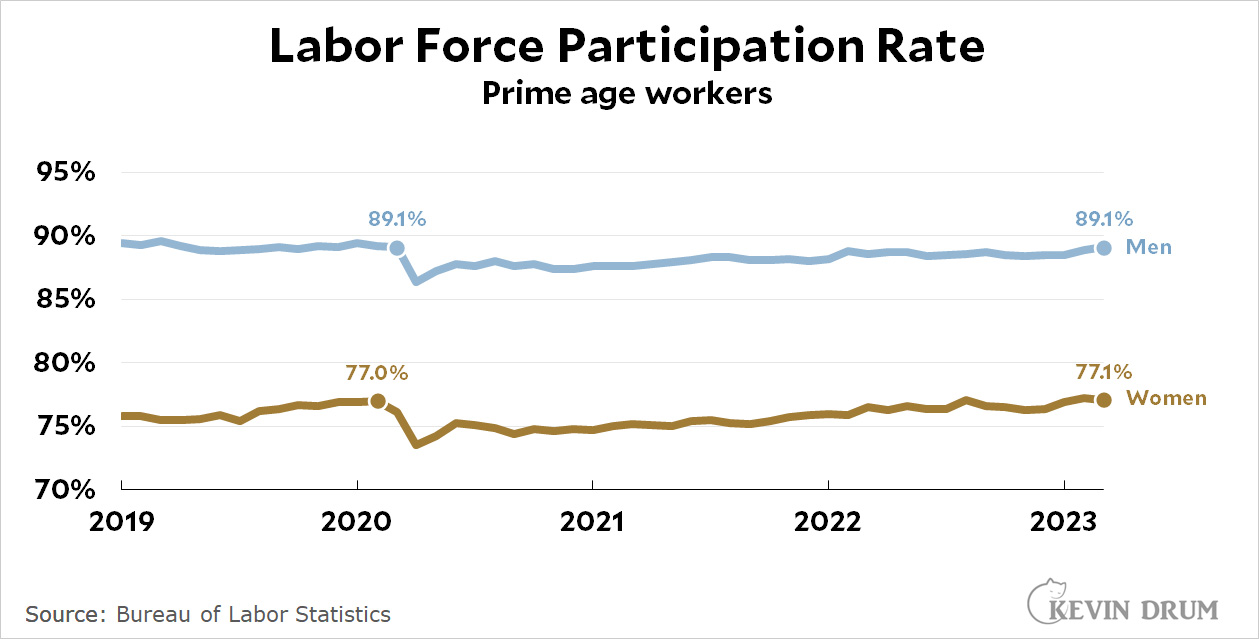 This is unusual. In the past two recessions (2000 and 2008), the LFPR declined and never caught back up to its past level. It's yet another indication that the pandemic recession was entirely artificial. Here's another:
This is unusual. In the past two recessions (2000 and 2008), the LFPR declined and never caught back up to its past level. It's yet another indication that the pandemic recession was entirely artificial. Here's another: In the past two recessions, older workers increased their participation rate both during and after the turndown. This time, participation dropped sharply and has stayed low for the past three years.
In the past two recessions, older workers increased their participation rate both during and after the turndown. This time, participation dropped sharply and has stayed low for the past three years.
